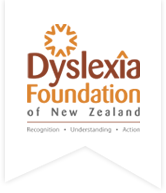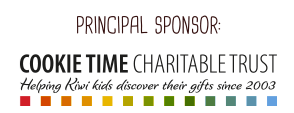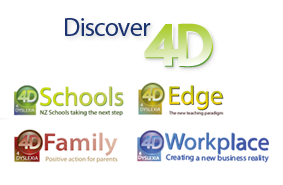2016 SAC DATA
Topline figures for 2016 special assessment conditions (SACs), released to DFNZ by NZQA, show that low decile New Zealand secondary schools continue to lag significantly behind high decile counterparts in catering for students with learning differences, with more than half of decile 1 schools having no students receiving assistance at NCEA exam time.
SACS allow for reader or writer assistance, computer use, or extra time, and are critical to NCEA success for students with learning differences such as dyslexia.
The figures show that only 2.86% of students at decile 1 schools received special assessment conditions (SACs) in 2016, compared with 8.4% of decile 10 students. Of New Zealand’s 55 decile 1 schools, 28 failed to make a single application for special assessment conditions (SACs) for their students at exam time, and a further 12 had low levels of SAC applications at four or less per school.
Overall the 2016 NZQA figures show a 23.3% increase in total SAC applications for 2016, to 8,737, from 7,088 in 2015. This compares with a 27.8% lift between 2014 and 2015. Total SAC student applications as a percentage of total students rose to 5.2%, compared with 4.2% in 2015.
In terms of equity gap, this remains largely unchanged, with the gap between decile 1 and 10 schools sitting at 5.5% (2.86% of decile 1 students receiving SACs compared with 8.4% of decile 10 students. In 2015 the gap was 6% (1.9% of decile 1 students receiving SACs, compared with 7.9% of decile 10 students). Growth in lower decile schools was driven by increased use of school based evidence to support applications. In higher decile schools, educational psychologist reports (paid for by parents or caregivers) remained the norm to support applications.
The equity gap is also reflected in data on zero to low SAC applications for 2016. Of New Zealand’s 460 decile 1-10 secondary schools, some 79 schools made zero applications, and 80 had low applications (four or less per school), totaling 159 or 34.6% for zero to low applications across all the deciles.
In deciles 1-3, 63.2% (96 schools) had zero to low applications, compared with 13% (16 schools) in deciles 8-10. Splitting this out, some 36% (56 schools) of deciles 1-3 schools had zero applications, compared with 6.5% (8 schools) of deciles 8-10 schools. And 26% (40 schools) of deciles 1-3 schools had four or less applications approved, compared with 6.5% (8 schools) of deciles 8-10 schools.
The figures also show that schools which in previous years have had a large percentage of students with SAC (15-20%) continued to obtain SAC at these rates for 2016. And some schools have made considerable progress in recent years. In particular, Otahuhu College in decile 1 which had zero applications a few years ago made 25 SAC applications last year, representing 3.9% of its student population. This rate is now higher than some high decile schools considered to be top performing in terms of SACs, for example decile 9 schools Epsom Girls Grammar (3.7%); Macleans College (3.6%); and Westlake Girls’ High School (2.9%).
Checkout the topline SACs data for all secondary schools here.
Quick Links
All school stakeholders have a key role to play in lifting SAC numbers. Click here to see who does what
Find out more...
How your secondary school performs – 2016 SAC data
Find out more...
How your secondary school performs – 2017 SAC data
Find out more...
MoE Special Assessment Conditions Review Update
Find out more...
Know your child’s legal rights in the classroom
Find out more...
New findings on teacher knowledge and attitudes towards dyslexia in NZ secondary schools
Find out more...
New inclusive education resources from Ministry of Education, including guides dyslexia, inclusive classrooms and more
Find out more...
Inclusive education advocates.
Find out more...




















